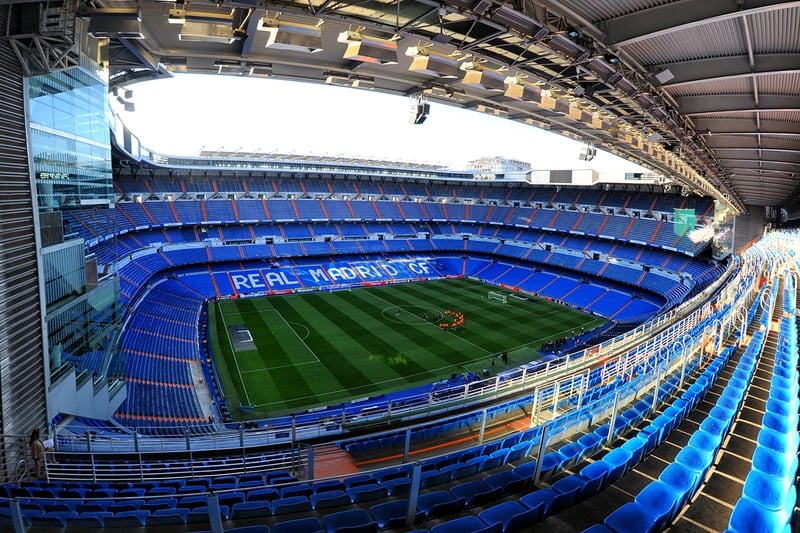The recent 2018 FIFA World Cup has been a tournament for the underdogs. It happens to be the fifth time in history that both semi-final berths featured an all-European encounter. This is also the first without favourites like Brazil, Germany or Argentina.
It has to be said that great players, teams and fans create special sparks of magic synonymous with the footballing world we know. From loud, anthemic chants of passionate fans, to fierce rivalries between traditional powerhouses, nothing really brings the world together as much as football does.
But what encapsulates these special moments are the stadiums where history is constantly created. Iconic to say the least, here are 16 stadiums around the world which have played a huge role in many of football’s epic moments!
16. Bukit Jalil National Stadium
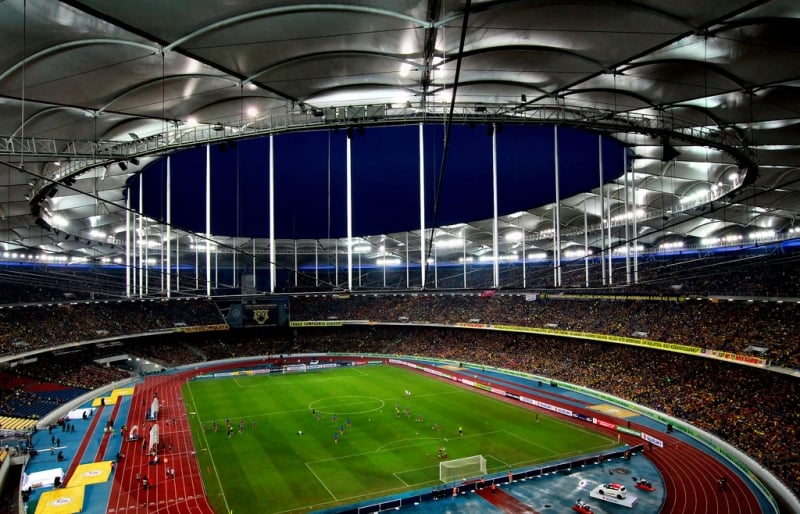
The Bukit Jalil National Stadium in Kuala Lumpur, Malaysia is the largest in Southeast Asia and the ninth largest football stadium in the world.
Built for the 1998 Commonwealth Games, the stadium has hosted major international multi-sporting events such as the Southeast Asian Games and the 2007 Asian Cup. For its sheer size and passionate supporters clad in orange, the national colour of Malaysia, Bukit Jalil is truly a stadium fit to be a regional icon.
Opened: 1996
Capacity: 87,411
Notable Fixtures: 2007 AFC Asian Cup, 2017 Southeast Asian Games
15. Gelora Bung Karno
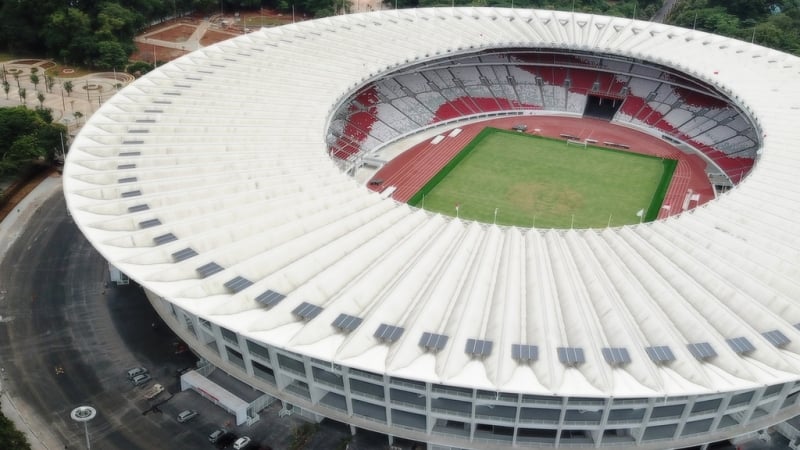
The Gelora Bung Karno Main Stadium is located in Central Jakarta, Indonesia and is named after the country’s first president. When opened in 1962, it had a seating capacity of 110,000! However, the number of seats was reduced to 88,000 in 2006 for the 2007 Asian Cup and further down to 76,000 for the 2018 Asian Games. Despite these reductions, it is still the 26th largest association football stadium in the world and the 8th largest in Asia!
Opened: 1962
Capacity: 76,127
Notable Fixtures: 2007 AFC Asian Cup Final, 2018 Asian Games
14. The ANZ Stadium
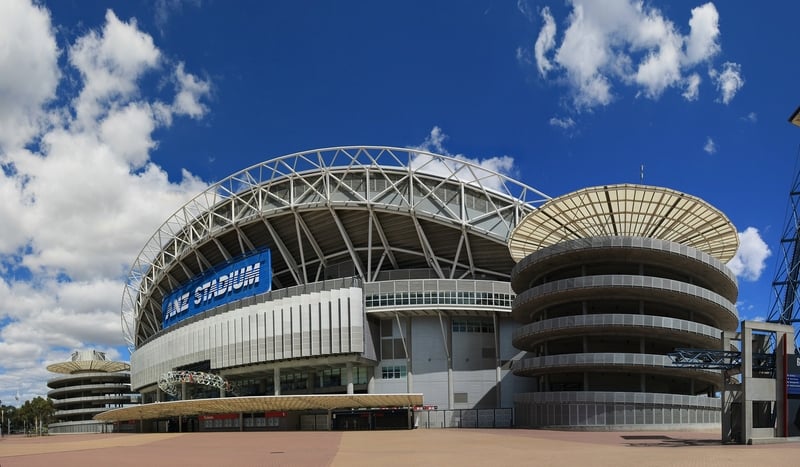
Located in Sydney, Australia, the ANZ Stadium is sometimes referred to as the Sydney Olympic Stadium. It was completed in March 1999 to host the 2000 Summer Olympics. Furthermore, the stadium has seen many milestones in the Australian national football team (Socceroo)’s history.
For instance, Australia’s penalty shootout victory against Uruguay qualified the Socceroos for the 2006 World Cup, their first since 1974. The team also won their first Asian Cup tournament over South Korea when Australia hosted the event in 2015. Like the locals say, “Aussie Aussie Aussie, Oi Oi Oi!”
Opened: 1999
Capacity: 75,000
Notable Fixtures: 2015 AFC Asian Cup Final, 2000 Summer Olympic Games
13. Rose Bowl Stadium
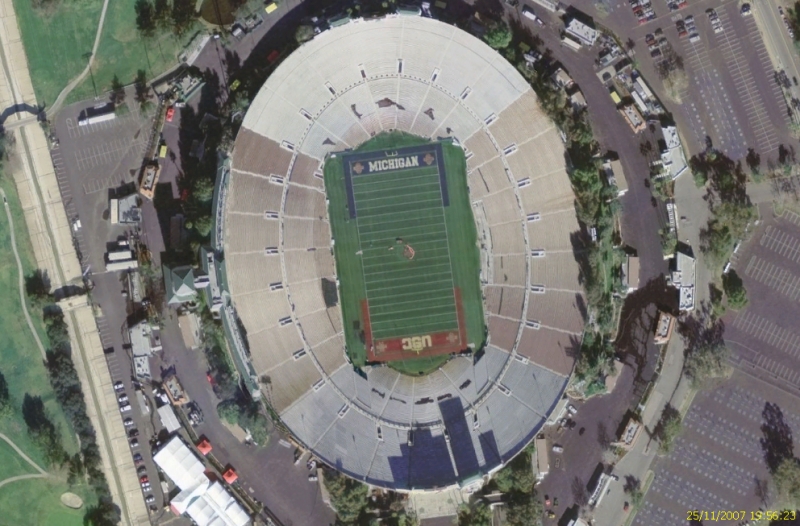
While this famous stadium needs no introduction for college American football fans, it has also played a big part in soccer’s history books! It hosted the 1994 World Cup Final, which saw Brazil lift its 4th World Cup, and the 1999 Women’s World Cup Final, where the American women’s soccer team emerged world champions on home ground.
The latter was played over 90,000 fans and remains the largest crowd ever to watch a women’s sporting event. It became one of the most important events in the history of American athletics. Talk about girl power!
Opened: 1922
Capacity: 92,542
Notable Fixtures: 1994 FIFA World Cup Final, 1999 Women’s World Cup Final, 1984 Olympic Gold Medal Match
12. Luzhniki Stadium
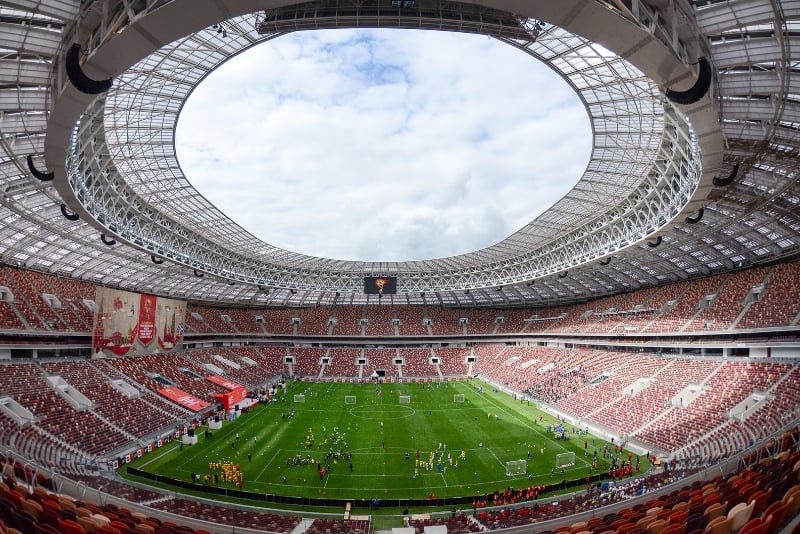
The main stadium for this year’s FIFA World Cup, the Luzhniki Stadium is located in Moscow, Russia. With a capacity of 81,000, it is one of the largest stadiums in Europe. Fun fact: The name Luzhniki comes from the flood meadows in the bend of the Moskva River where the stadium was constructed, translating as “The Meadows”.
Luzhniki was the main stadium of the 1980 Olympic games, where it hosted the opening and closing ceremonies, as well as the Gold Medal Match for football. It also hosted the UEFA Cup Final in 1999 and UEFA Champions League Final in 2008. Prolific, if you ask me.
Opened: 1956
Capacity: 78,011
Notable Fixtures: 2018 FIFA World Cup Final, 1980 Olympic Gold Medal Match
11. Stade de France
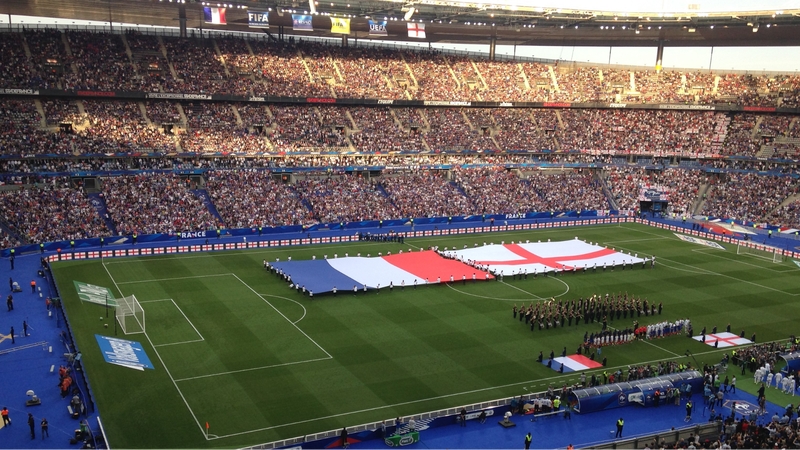
The Stade de France is located just north of Paris and is the sixth-largest stadium in Europe with a capacity of 81,338. It is also the home ground for the French national football team, commonly known as Les Bleus.
The stadium was originally built for the 1998 FIFA World Cup, in which France won its first world cup and became the sixth country to do so on home soil. It will also become the main stadium at the 2024 Summer Olympics! Ooh la la, it’s going to be fancy!
Opened: 1998
Capacity: 81,388
Notable Fixtures: 1998 FIFA World Cup Final, 2024 Summer Olympic Games
10. Soccer City
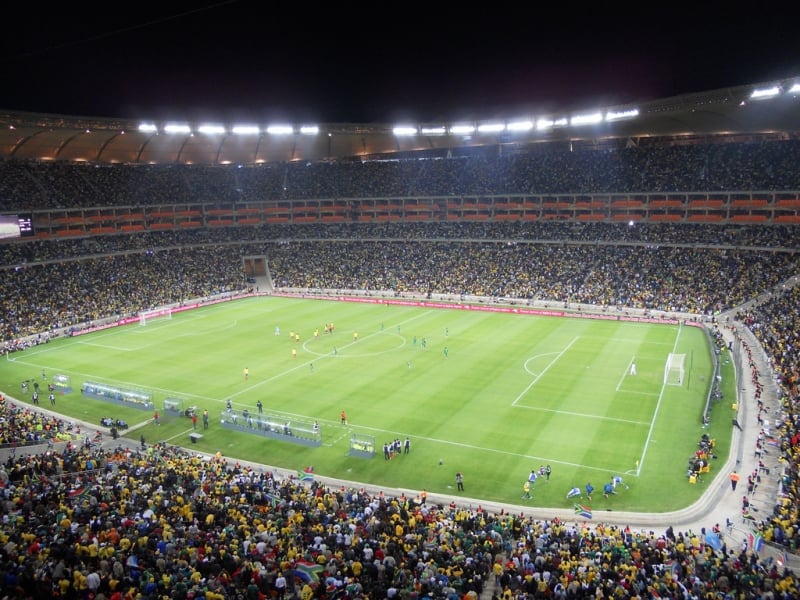
If you can remember the resounding sound of Vuvuzelas, you will definitely remember the main star of the 2010 FIFA World Cup – the Soccer City stadium located in Johannesburg, South Africa. The stadium witnessed Spain lift its first World Cup glory!
Furthermore, it was where Nelson Mandela made his first speech after his release from prison in 1990 and hosted the memorial service after his death in 2013. Sadly, the World Cup closing ceremony on the day of the final was the final public appearance of Mandela before his passing.
9. Anfield
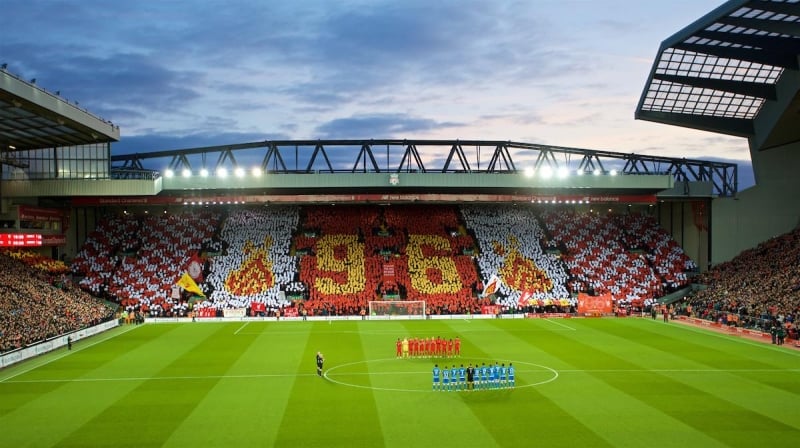
You’ll never walk alone in Anfield, home of Liverpool – and the sixth largest football stadium in England. From the famous “This is Anfield” sign hanging in the tunnel, to an unparalleled display of passion by club fans singing “You’ll Never Walk Alone”, this stadium will always be dear and special among players and fans.
Opened: 1989
Capacity: 94,736
Notable Fixtures: 2010 FIFA World Cup Final
8. Olympiastadion
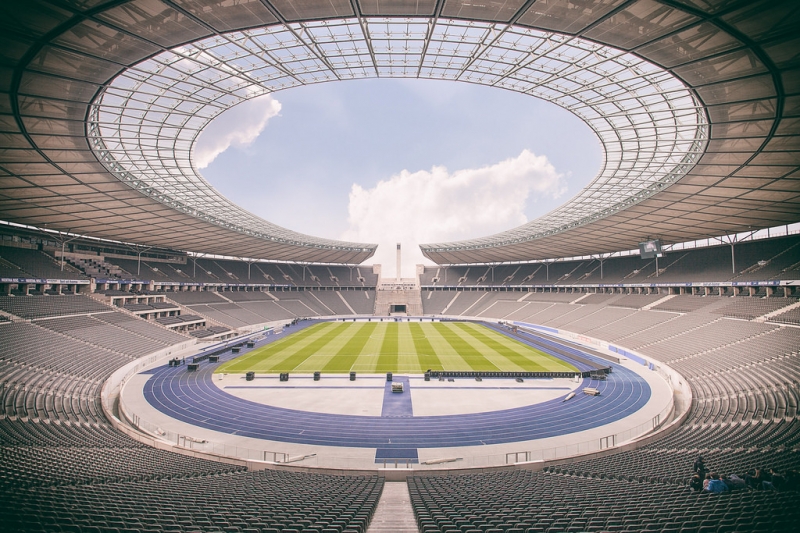
Dubbed one of the most prestigious venues for sporting and entertainment events, the Olympiastadion in Berlin is one laden with history. It was originally built for the 1936 Olympic Games, during the times of Hitler.
The stadium hosted matches during the 1974 World Cup and once again during the 2006 edition, including the grand finals. To add to this impressive list, the Olympiastadion Berlin served as the main stadium during the 2011 Women’s World Cup and the 2015 UEFA Champions League Final. That’s history in every corner!
Opened: 1936
Capacity: 74,475
Notable Fixtures: 1974, 2006 FIFA World Cup Final, 2011 Women’s World Cup
7. Maracana

If legendary is what you’re looking for, Maracana is the place to be. Located in Rio de Janeiro, the stadium was opened in 1950 to host the FIFA World Cup, in which Brazil lost to Uruguay with a score of 2-1 in the deciding game.
In 2014, the stadium hosted the World Cup once again. This time, Germany outlasted the other 31 teams to win its 4th title. Just two years later, the Maracana opened its doors for the 2016 Summer Olympics! What a busy period for Brazil that was!
Opened: 1950
Capacity: 78,838
Notable Fixtures: 1950, 2014 FIFA World Cup Final, 2016 Olympic Gold Medal Match
6. Santiago Bernabeu
The home stadium of Real Madrid, the Santiago Bernabéu Stadium is located in Madrid, Spain and one of the world’s most famous football venues. It has hosted the final of the European Cup/UEFA Champions League on four occasions: in 1957, 1969, 1980 and 2010. Phew!
The final matches for the 1964 European Nations’ Cup and the 1982 FIFA World Cup were also hosted at the Bernabéu, making it the first stadium in Europe to host both a UEFA European Championship and a FIFA World Cup final. Couldn’t get any more real than that, could it?
Opened: 1947
Capacity: 81,044
Notable Fixtures: 1982 FIFA World Cup Final, 1962 European Nations’ Cup Final
5. Camp Nou
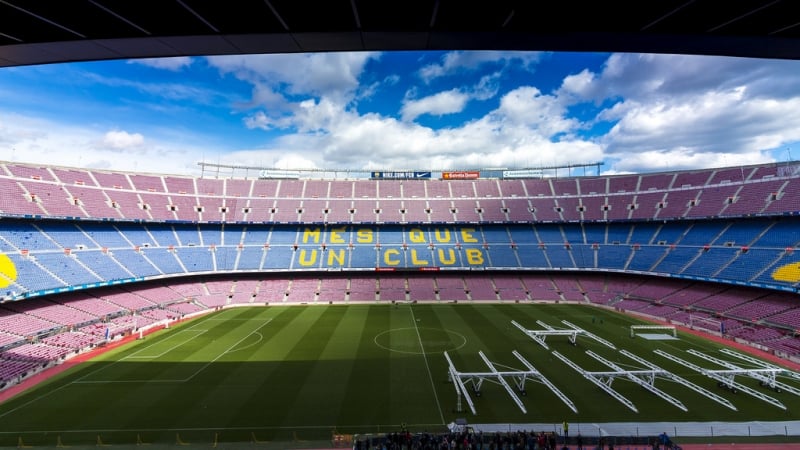
Home to FC Barcelona, Camp Nou is the largest stadium in Spain and Europe, and the second largest association football stadium in the world. It hosted games during the 1982 FIFA World Cup Final, including the opening game, and the Gold Medal Match at the 1992 Summer Olympic Games. With Barcelona’s club colours painted all around the stadium, Camp Nou is truly one of the most beautiful stadiums in the world.
Opened: 1957
Capacity: 99,354
Notable Fixtures: 1982 FIFA World Cup Opening Match, 1992 Gold Medal Match
4. Old Trafford
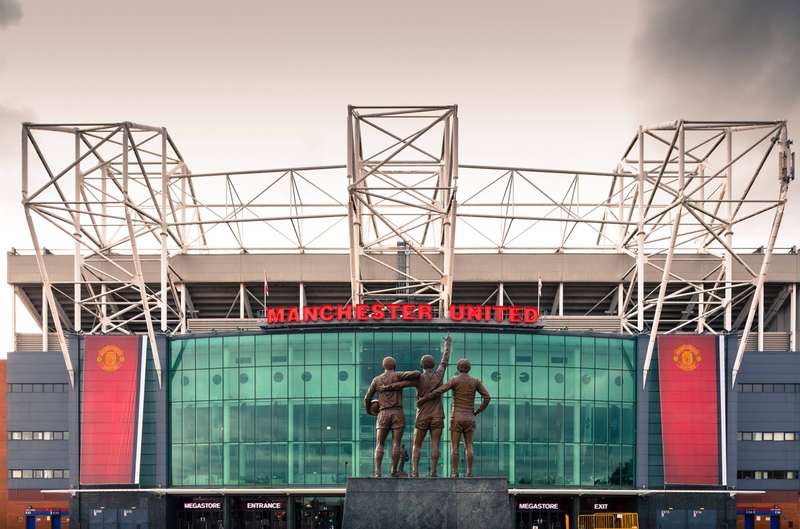
Old Trafford is the fiery den for the red devils, Manchester United. Nicknamed “The Theatre of Dreams” by Bobby Charlton, Old Trafford has been United’s home ground since 1910. It hosted matches during the 1966 World Cup, which saw England win its first World Cup. This iconic stadium also hosted football matches when London hosted the 2012 Summer Olympics, including women’s international football for the first time in the stadium’s history.
Opened: 1910
Capacity: 74,994
Notable Fixtures: 1966 FIFA World Cup Final, 2012 Gold Medal Match
3. Allianz Arena
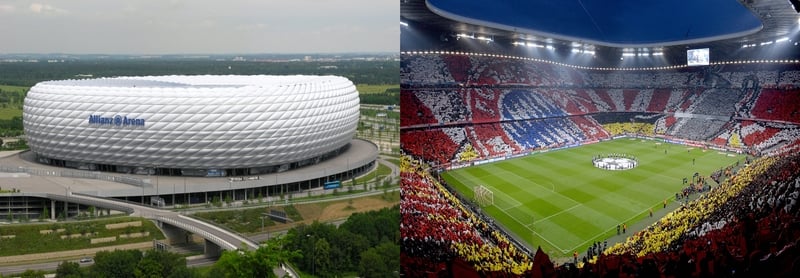
Located in Munich, Germany, the Allianz Arena is one stadium to marvel. What makes it so amazing? It is the first stadium in the world with a full colour changing exterior! Furthermore, the stadium plays home to Bayern Munich and hosted matches during the 2006 FIFA World Cup.
It has also been nicknamed “Schlauchboot” (“inflatable boat”) for obvious reasons. Don’t forget to visit the museum of Bayern Munich and FC Bayern Erlebniswelt when you’re visiting this spectacular work of art.
Opened: 2005
Capacity: 75,000
Notable Fixtures: 2006 FIFA World Cup, 2012 UEFA Champions League Final
2. Stadio Azteca
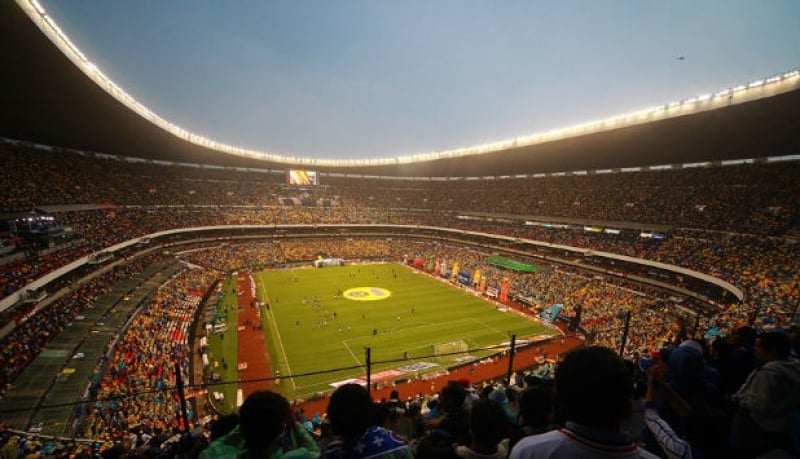
The Estadio Azteca, located in Mexico City, is regarded as one of the most famous and iconic stadiums in the world. During the 1970 World Cup, the stadium hosted the “Game of the century”, when Italy defeated West Germany 4-3 in extra time in one of the semi-final matches.
In 1986, the infamous World Cup quarter-final match between Argentina and England saw Diego Maradona scoring both the “Hand of God goal” and the “Goal of the Century”. You can make a good bet that this stadium is set to create more magical moments when it becomes a venue for the 2026 FIFA World Cup!
Opened: 1966
Capacity: 87,000
Notable Fixtures: 1970, 1986 FIFA World Cup Final
1. Wembley
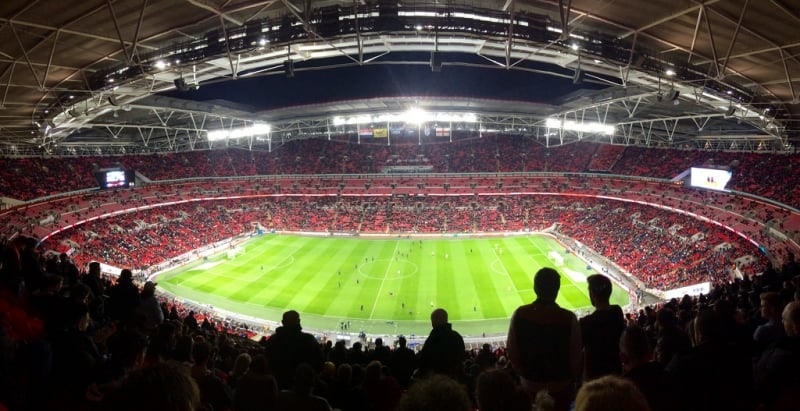
We have to end this list with Wembley, which legendary footballer Pele once called the “cathedral of football”. Arguably the best-known football stadium in the world and home to the English national football team. However, the old Wembley has been replaced with a new Wembley built on site of the former stadium, now even bigger and better.
Today, the new Wembley is the largest stadium in the United Kingdom and hosted football matches during the 2012 Summer Olympic Games in London. While football won’t be coming home this time around with England’s exit at the semi-final stage, you can always call this home because its doors will always be open for you to visit!
Opened: 2007
Capacity: 90,000
Notable Fixtures: 1966 FIFA World Cup Final (former), Euro’ 96 Final (former), 2012 Gold Medal Match
There you go, 16 iconic stadiums around the world for the football fanatic in you. Well, of course not everyone will agree with everything listed here but that’s alright! At the end of the day, what’s important is that we appreciate history and see how far we’ve come in celebrating this beloved sport.
For fans and visitors alike, these icons will definitely enhance your itinerary whenever you stop by these cities. Who knows, it might be your winning goal during your travels!
